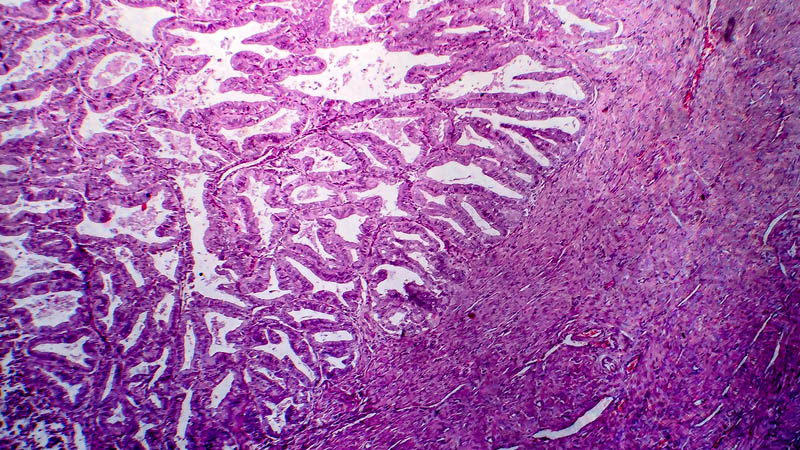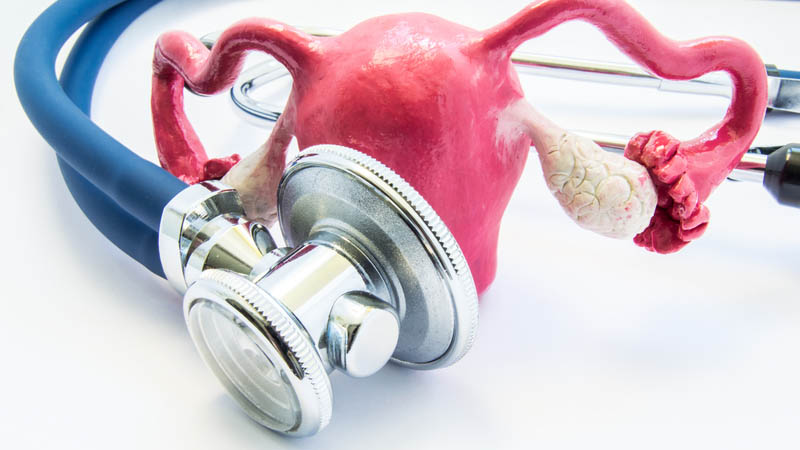Role of Trivagin in restoration and maintenance of normal vaginal ecosystem in women treated for recurrent bacterial vaginosis
Agnieszka Harasim-Dylak1, Magdalena Roguska1, Agnieszka Maździarz2
 Affiliacja i adres do korespondencji
Affiliacja i adres do korespondencjiPhysiologic vaginal bacterial flora is a dynamic balanced ecosystem encompassing microbes populating vaginal mucosa, products of their metabolism and secretions of vaginal glands. Normal composition of vaginal flora may be altered by pathogenic bacteria, fungi and yeasts, chemical factors, disturbed natural immune processes and also due to iatrogenic intervention, e.g. antibiotic therapy and surgical procedure. The aim of the present paper is to assess the role of Trivagin in restoring and maintaining normal vaginal flora in women with recurrent bacterial vaginosis (BV). Study population consisted of 60 women. Thereof, 30 women were patients with recurrent genital infections. Control group included randomly selected asymptomatic women. All patients underwent a standard gynecologic examination with assessment of vaginal secretion. Next, Trivagin has been administered for 20 days. Upon completion of treatment, vaginal secretion was re-assessed as direct sample study. Results obtained in both groups were compared. In the study population, signs and symptoms of BV resolved in 65% and subjective improvement was seen in 91% of the patients, according to the Amsel criteria. Conclusions: Trivagin promotes restoration and maintenance of physiologic vaginal flora in women with recurrent BV. Unique composition of the preparation (Lactobacillus rhamnosus, Lactobacillus gasseri, Lactobacillus fermentum, Lactobacillus plantarum) including species most frequently found in Polish females, enables an effective restoration of vaginal flora, while easy application by oral route significantly improves compliance and treatment outcomes.









